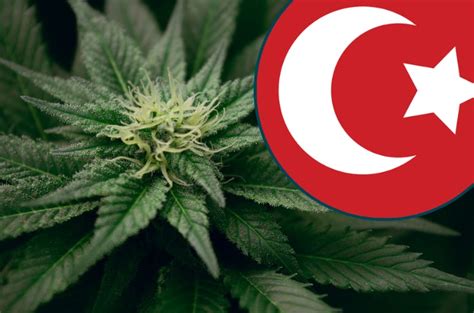The ongoing debate and policy shifts surrounding cannabis legalization in the United States present a complex landscape. Despite federal prohibition since 1937, recent decades have witnessed a gradual shift towards liberalization, with states experimenting with various decriminalization and medical access policies. Notably, the statement from President Biden on marijuana reform indicates a significant federal perspective on this issue.
Cannabis, commonly referred to as marijuana, weed, pot, or dope, comes from the Cannabis sativa plant. This plant produces a mixture of flowers, stems, seeds, and leaves that are typically green, brown, or gray. The main compounds in cannabis are tetrahydrocannabinol (THC), which is impairing, and cannabidiol (CBD), which is not impairing. Cannabis can be consumed in various forms, such as smoking in joints, blunts, bongs, or as edibles and drinks.
The public health concerns associated with marijuana legalization are significant. Studies show that early cannabis use, particularly among adolescents and young adults, can lead to increased risks of school dropout, truancy, and the development of abuse or dependence. This concern is echoed by the Centers for Disease Control and Prevention and is highlighted in their overview of marijuana and frequently asked questions.
On the medicinal front, cannabis has garnered attention for its therapeutic potential. Medicinal cannabis, or medicinal marijuana, is being increasingly recognized for its ability to treat pain, suppress cough, alleviate diarrhea, and induce anesthesia. However, there are also controversies and concerns about its safe administration, packaging, dispensing, and the adverse health consequences associated with marijuana intoxication.
Interestingly, the legal marijuana industry has become a significant employer in the U.S., with estimates suggesting that it employs between 165,000 and 230,000 workers. This growth in employment is partly attributed to the replacement of unregulated markets with legalized frameworks, leading to a surge in job creation.
Federal law still classifies marijuana in Schedule I of the Controlled Substances Act, alongside substances like heroin, which denotes it as one of the most dangerous drugs. However, products containing no more than 0.3 percent THC are exempt under the Agriculture Improvement Act of 2018, indicating a nuanced legal landscape.
In conclusion, the discourse on marijuana legalization in the U.S. is multi-faceted, involving legal, health, economic, and social dimensions. As policy and public opinion continue to evolve, it is crucial to stay informed and consider the diverse implications of these changes.
